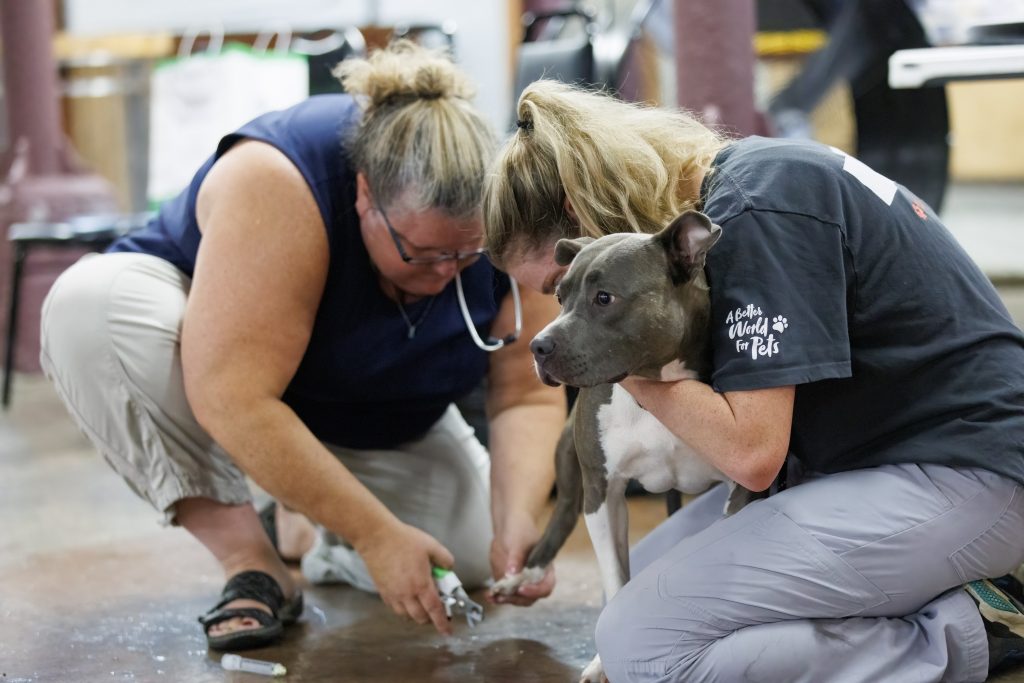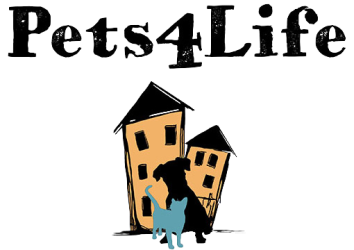In 2022, as the COVID pandemic slowed and the community gradually returned to normal, Pets4Life Louisville was able to increase the number of events and community services back to pre-pandemic levels! While many small nonprofits didn’t survive the pandemic, Pets4life persevered during hard times through the dedicated work of the board members, vets, vet techs and volunteers. In 2022, we were able to grow the number of pets helped by 20% over the numbers from 2021.
We want to thank the following organizations for partnering with Pets4Life Louisville and supporting our mission: The Table, Olmsted Parks Conservancy, Louisville Metro Animal Shelter (LMAS), My Dog Eats First (MDEF) and Central High School’s Vet Science Program.
We are very grateful to the following groups for contributing to our mission through grants and financial support: Banfield Foundation, Frazier Joy Family Foundation, Crutcher Family Foundation, Jarboe’s Heating, Cooling & Plumbing, Best Friends, The Kron family, and the American Veterinary Medical Association (AVMA).

2022 Highlights:
PET WELLNESS CLINICS: Partnering with ‘The Table’ in the Portland area, we held six pet wellness clinics to offer very low cost vet exams and services to the community. In addition to providing preventative care such as vaccines, dewormer and flea medicines, we provided microchips and treated common ailments such as ear, skin and eye infections. In addition, we provided each pet with several months of flea preventative.
COMMUNITY VACCINE CLINICS: In partnership with the Olmsted Parks Conservancy, we expanded to a new location in Chickasaw Park to reach more pet owners in our target zip codes. Due to generous grants, we were able to host two community vaccine clinics offering vaccines, dewormer, microchips and flea medicine to our targeted audience for free or very low cost.
MICROCHIP CLINICS: In partnership with Central High School, Pets4Life worked with students from the school’s Magnet Vet Sciences Program to hold a ‘Home for the Holidays’ Microchip event in December. This was the 1st of many events that we hope to do in partnership with Central High School. This event was funded with a memorial gift from the Kron Family.
LMAS SPAY/NEUTER VOUCHER PROGRAM: We continued our partnership with LMAS (Louisville Metro Animal Services) which was made possible by a Best Friends grant. This program helps pet owners in our target zip codes with Spay/Neuter services to help prevent unwanted births and decrease homeless pets in our community.
DENTAL/SURGERY PROGRAM: Pets4Life Louisville continued providing dental surgeries and other minor surgeries to pets from our clinics with the most pressing needs. This work was initially funded by a grant from the AVMA (The American Veterinary Medical Association). After the AVMA grant funds were depleted, we continued this program using funds raised during last year’s Giving Tuesday campaign for special needs pets.
Pet Treatment Services Summary:
Number of Pets Treated: 330 (269 dogs & 61 cats). Note: this is a 20% increase over 2021
Rabies Vaccines: 229
Other Vaccines: 242 (FVRCP and DAPP)
Microchips: 130
Dewormer: 245
Flea Treatments (multi-month): 310
Nail Trims: 133
Spay/Neuter Vouchers Distributed: 126
Surgeries (ex. Dentals, Hernias, Mass Removal): 22
Demographic Analysis:
Pets4Life has identified certain target zip codes for services: 40201, 40202, 40203, 40208, 40209, 40210, 40211, 40212, 40213, 40214, 40215, 40216, 40217, 40218, 40219 40258 and 40272. These zip codes are those within the ‘resource desert’ with little to no vet resources available in the community or they are in areas with high shelter intakes. Our analysis shows the break-down of pets treated in 2022 based on zip codes:
| Within Target Zip Codes | Other Jefferson Co Zip Codes | Outside Jefferson Co |
| 87% | 9% | 4% |
In addition, our goal is to help people living in underserved communities who cannot afford veterinary care for their pets. A large percentage of our vet services were provide to households living below Federal poverty guidelines:
89% of services went to households with incomes less than $25,000 per year
9% of services went to households with incomes between $25,000 – $50,000 per year
Just 1% of services went to households with incomes over $50,000 per year

